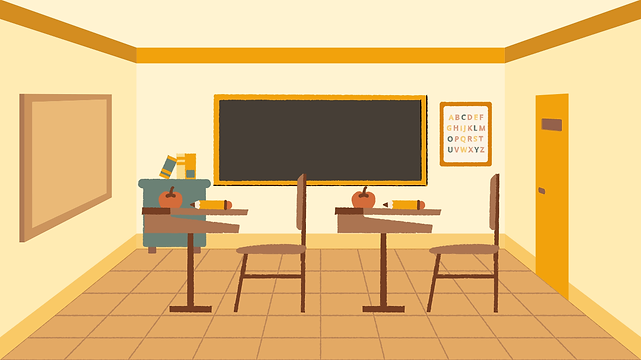top of page
How to Address Students' Needs Without Disrupting the Class
Classroom Management

How to Address Students' Needs Without Disrupting the Class
As an experienced teacher, I've learned that every student is different. Some students learn quickly, while others need extra time and support. Some students are talkative, while others are quiet. Some students love group work, while others prefer to work alone. It's our job as teachers to meet all of these needs, and we can do that without disrupting the class!
Here are 30 ideas to help you address students' needs without disrupting the class:
30 Ideas to Address Students' Needs Without Disrupting the Class:
Classroom Management & Structure:
- Establish Clear Routines: Having set rules for how to start and end class, move between activities, and handle supplies helps everyone know what to expect.
- Pre-Teach Expected Behaviors: Show students how you want them to act in class. Practice doing things the right way, so they learn what's acceptable.
- Positive Reinforcement: Praise students when they're doing well. This encourages good behavior, and helps everyone feel good about learning.
- Choice & Autonomy: Give students choices whenever you can. It makes them feel like they have control, and they'll be more likely to participate.
- Active Learning Stations: Set up different learning areas in your classroom. This allows students to learn in different ways and keeps them moving and engaged.
- Visual Timers: Use a timer that shows how much time is left for an activity. This helps students stay focused and know when it's time to move on.
- Quiet Signals: Use a simple signal, like raising your hand, to get students' attention without interrupting the lesson.
Individualized Support:
- Differentiated Instruction: Change the way you teach so that all students can learn. Some students might need easier work, while others need more challenging work.
- Learning Contracts: Make individual plans with students about their goals and how you will help them reach them.
- Peer Tutoring: Let students help each other learn. It's a great way to help those who are struggling, and those who are doing well can practice what they know.
- Small Group Instruction: Work with small groups of students who have similar learning needs. This lets you give them the extra support they need.
- Flexible Seating: Offer different seating options, like beanbags, standing desks, or regular desks. This lets students choose what's comfortable for them.
- Movement Breaks: Let students move around a bit during the day. It helps them stay focused and energized.
- Sensory Tools: Provide things like fidget toys, noise-canceling headphones, or weighted blankets. These can help some students focus better.
Communication & Collaboration:
- Open Communication: Let students tell you how they're feeling. Encourage them to talk about what's working and what isn't working.
- Parent-Teacher Partnerships: Work together with parents to understand students' needs. This helps everyone work together to support the student.
- Student-Led Conferences: Have students tell their parents about their learning. It helps them take ownership of their education.
- Conflict Resolution Strategies: Teach students how to solve problems peacefully and respectfully. This helps them learn to get along with each other.
- Positive Discipline: Instead of punishing students, help them understand why their actions are wrong. Focus on teaching them better choices.
- Active Listening: When students tell you something, really listen. Show them that you care and that you understand them.
Engaging Content & Activities:
- Real-World Relevance: Connect lessons to things that students care about. Make learning exciting and relevant to their lives.
- Variety & Novelty: Change up your lessons to keep students interested. Use different activities and materials to make learning fun.
- Project-Based Learning: Let students work on projects that solve real-world problems. This makes learning more hands-on and engaging.
- Technology Integration: Use technology to make learning interactive and exciting. Use websites, apps, and videos to make lessons more engaging.
- Inquiry-Based Learning: Let students ask questions and explore their own interests. This helps them become independent learners.
- Creative Expression: Give students chances to be creative through art, music, drama, or writing. This helps them express themselves and learn in different ways.
Creating a Supportive Environment:
- Classroom Community: Make your classroom a welcoming and safe place where everyone feels respected and valued.
- Growth Mindset: Help students believe that they can learn anything if they try hard. Encourage them to keep trying and never give up.
- Self-Reflection & Goal Setting: Have students think about their learning and set goals for themselves. This helps them take ownership of their education.
- Positive Affirmations: Encourage students and tell them how well they're doing. This helps them feel confident and motivated.
Remember, these are just some starting points. Adjust them to fit your specific students, your classroom, and your teaching style. By using these ideas, you can create a learning environment that welcomes all students and helps them learn and grow!
bottom of page